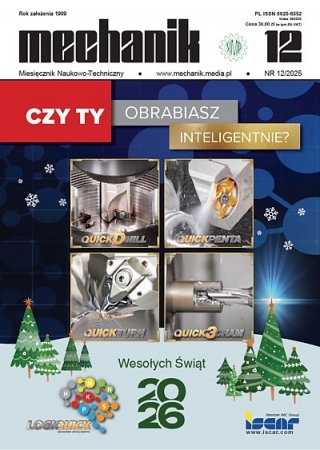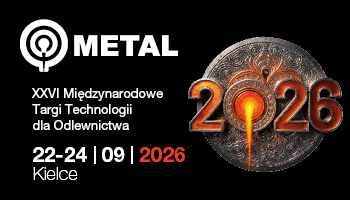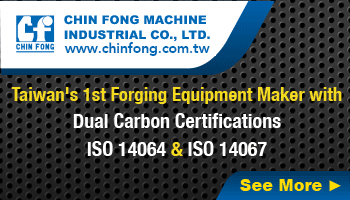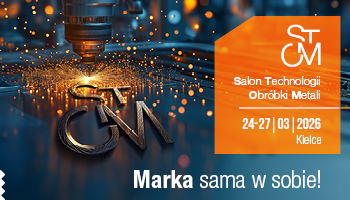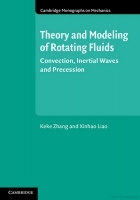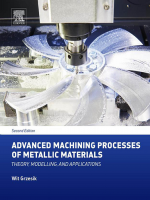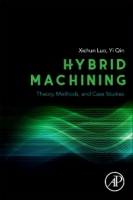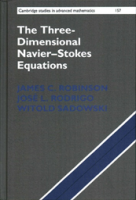Forming the surface layer properties during grinding *
Kształtowanie właściwości warstwy wierzchniej podczas szlifowania
Author: Mariusz Deja, Alicja Stanisławska. Marek Szkodo, Karolina Wszelak
Mechanik nr 10/2019 - Obróbka - inne rodzaje
ABSTRACT: The article describes the grinding of flat surfaces combined with changes in the properties of the surface layer, in particular through its hardening. Issues related to the grindhardening technology are discussed. In addition, tests have been presented in which improved grinding properties of the workpiece through plastic deformation have been obtained after the grinding process.
KEYWORDS: grinding, hardening, surface, grind-hardening
STRESZCZENIE: W artykule scharakteryzowano szlifowanie powierzchni płaskich połączone ze zmianami właściwości warstwy wierzchniej, zwłaszcza poprzez jej zahartowanie. Omówiono problemy związane z tzw. technologią grind-hardening. Dodatkowo przedstawiono badania, w których po procesie szlifowania uzyskano lepsze właściwości elementu obrabianego wskutek odkształcenia plastycznego.
SŁOWA KLUCZOWE: szlifowanie, hartowanie, warstwa wierzchnia, szlifowanie z hartowaniem
BIBLIOGRAFIA / BIBLIOGRAPHY:
[1] Haifeng C., Jinyuan T., Weihua Z., Changshun C. “The equal theoretical surface roughness grinding method for gear generating grinding”. International Journal of Advanced Manufacturing Technology. 90 (2017): 3137–3146.
[2] Wilk W., Tota J. “Modern technology of the turbine blades removal machining”. 8th International Conference Advanced Manufacturing Operation. Kranevo, 2008.
[3] Chodnicki M., Kaliński K.J., Galewski M.A. “Vibration surveillance during milling of flexible details with a use of the active optimal control”. Journal of Low Frequency Noise, Vibration and Active Control. 32, 1–2 (2013).
[4] Nadolny K. „Klasyfikacja procesów szlifowania jednoprzejściowego”. Mechanik. 5–6 (2008): 450–455.
[5] Deja M., Stanisławska A., Szkodo M., Wszelak K. “Influence of parameters of deep grinding on nanohardness and surface roughness of C45 steel”. Mechanik. 11 (2018): 1026–1028, https://doi.org/10.17814/mechanik.2018.11.183.
[6] Salonitis K., “On surface grind hardening induced residual stresses”. Procedia CIRP. 13 (2014): 264–269.
[7] Brinksmeier E., Brockhoff T. “Utilization of grinding heat as a new heat treatment process”. CIRP Annals. 45, 1 (1996): 283–286, https://doi.org/10.1016/S0007-8506(07)63064-9.
[8] Brockhoff T., Brinksmeierb E. “Grind-hardening: A comprehensive view”. CIRP Annals. 48, 1 (1999): 255–260. DOI: https://doi.org/10.1016/S0007-8506(07)63178-3.
[9] Salonitis K., Chryssolouris G. “Thermal analysis of grind-hardening process”. International Journal of Manufacturing Technology and Management. 12 (2007): 72–92.
[10] Salonitis K., Chryssolouris G. “Cooling application in grind-hardening operations”. International Journal of Advanced Manufacturing Technology. 33 (2007): 285–297.
[11] Salonitis K., Chrondros T., Chryssolouris G. “Grinding wheel effect on grind-hardening process”. International Journal of Advanced Manufacturing Technology. 38 (2008): 48–58.
[12] Salonitis K., Stavropoulos P., Kolios A. “External grind-hardening forces modelling and experimentation”. International Journal of Advanced Manufacturing Technology. 70 (2014): 523–530.
[13] Venkatachalapathy V.S.K, Rajmohan B. “Experimental studies on the grindhardening effect in cylindrical grinding”. Materials and Manufacturing Processes. 18, 2 (2003): 245–259.
[14] Judong L.,. Wei Y, Songwei H., Zhilong X. “Experimental study on grindinghardening of 1060 steel”. Energy Procedia. 16 (2012): 103–108.
[15] Chryssolouris G., Tsirbas K., Salonitis K. “An analytical, numerical, and experimental approach to grind hardening”. Journal of Manufacturing Processes. 7, 1 (2005): 1–9.
[16] Hyatt G.A., Mori M., Föckerer T., Zäh M.F., Niemeyer N., Duscha M. “Integration of heat treatment into the process chain of a mill turn center by enabling external cylindrical grind-hardening”. Production Engineering. 7, 6 (2013): 571–584.
[17] Wilke T. “Energieumsetzung und Gefügebeeinflussung beim Schleifhärten”. PhD Thesis. University of Bremen, 2008.
[18] Doman D., Warkentin A., Bauer R. “Finite element modelling approaches in grinding”. International Journal of Advanced Manufacturing Technology. 49, 2 (2009): 109–116.
[19] Jin T., Rowe W.B., McCormack D. “Temperatures in deep grinding of finite workpieces”. International Journal of Machine Tools and Manufacture. 42 (2002): 53–59.
[20] Anderson D., Warkentin A., Bauer R. “Experimental validation of numerical thermal models for dry grinding”. Journal of Materials Processing Technology. 204, 1–3 (2008): 269–278.
[21] Alonso U., Ortega N., Sanchez J.A., Pombo I., Izquierdo B., Plaza S. “Hardness control of grind-hardening and finishing grinding by means of area-based specific energy”. International Journal of Machine Tools & Manufacture. 88 (2015): 24–33.
[22] Mahdi M., Zhang L. “Applied mechanics in grinding. Part 7: Residual stresses induced by the full coupling of mechanical deformation, thermal deformation and phase transformation”. International Journal of Machine Tools and Manufacturing. 39 (1999): 1285–1298.
[23] Mahdi M., Zhang L.C. “Applied mechanics in grinding-V. Thermal residual stresses”. International Journal of Machine Tools & Manufacture. 37 (1997): 619–633.
[24] Fischer W.R., Schwertmann U. “The formation of hematite from amorphous iron (III)hydroxide”. Clays and Clay Minerals. 23 (1975): 33–37.
DOI: https://doi.org/10.17814/mechanik.2019.10.88
* Artykuł recenzowany



